ode15s expects your model function to accept a parameter t for time and a vector x (or C as you named it) of differential state variables. Since ode15s will not let us pass in another vector u of control inputs, I usually wrap the ODE function ffcn inside a model function:
function [t, x] = model(x0, t_seg, u)
idx_seg = 0;
function y = ffcn(t, x)
% simple example of exponential growth
y(1) = u(idx_seg) * x(1)
end
...
end
In the above, the parameters of model are the initial state values x0, the vector of switching times t_seg, and the vector u of control input values in different segments. You can see that idx_seg is visible from within ffcn. This allows us to integrate the model over all segments (replace ... in the above with the following):
t_start = 0;
t = t_start;
x = x0;
while idx_seg < length(t_seg)
idx_seg = idx_seg + 1;
t_end = t_seg(idx_seg);
[t_sol, x_sol] = ode15s(@ffcn, [t_start, t_end], x(end, :));
t = [t; t_sol(2 : end)];
x = [x; x_sol(2 : end, :)];
t_start = t_end;
end
In the first iteration of the loop, t_start is 0 and t_end is the first switching point. We use ode15s now to only integrate over this interval, and our ffcn evaluates the ODE with u(1). The solution y_sol and the corresponding time points t_sol are appended to our overall solution (t, x).
For the next iteration, we set t_start to the end of the current segment and set the new t_end to the next switching point. You can also see that the last element of t_seg must be the time at which the simulation ends. Importantly, we pass to ode15s the current tail y(end, :) of the simulated trajectory as the initial state vector of the next segment.
In summary, the function model will use ode15s to simulate the model segment by segment and return the overall trajectory y and its time points t. You could convince yourself with an example like
[t, x] = model1(1, [4, 6, 12], [0.4, -0.7, 0.3]);
plot(t, x);
which for my exponential growth example should yield

For your optimization runs, you will need to write an objective function. This objective function can pass u to model, and then calculate the merit associated with u by looking at x.
